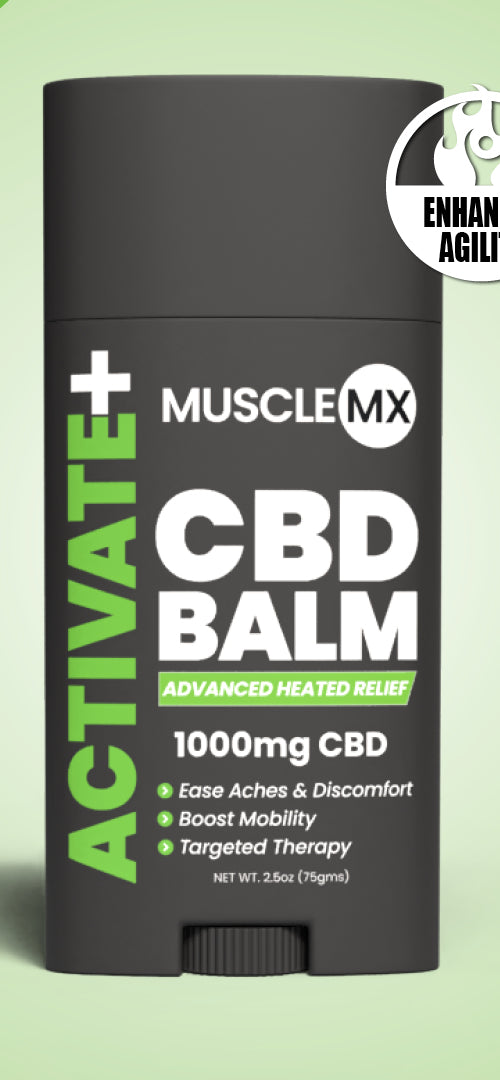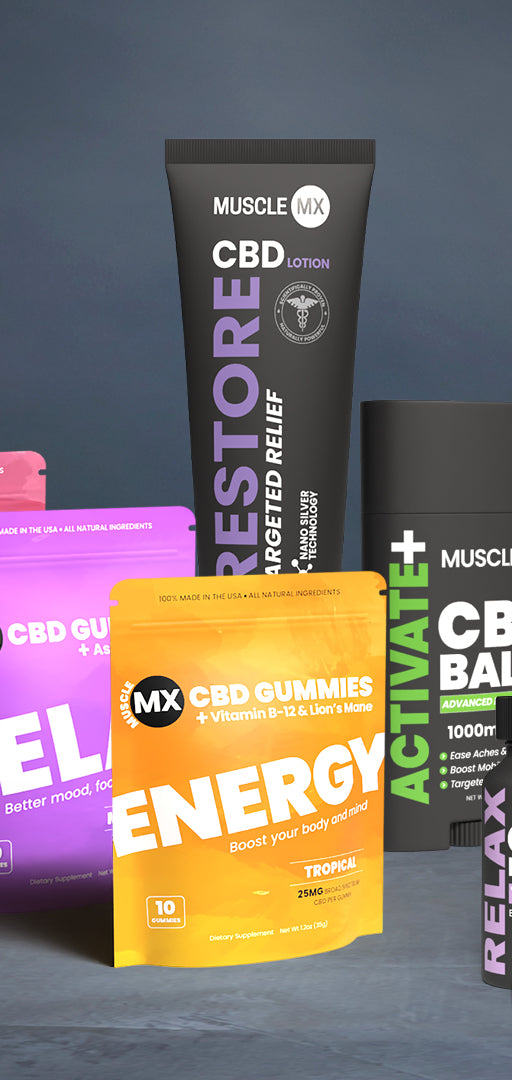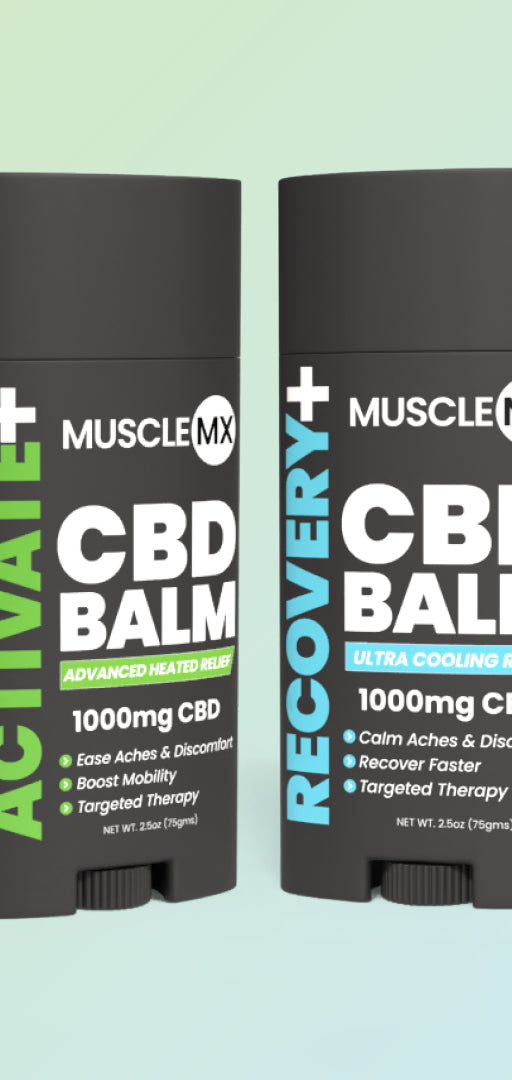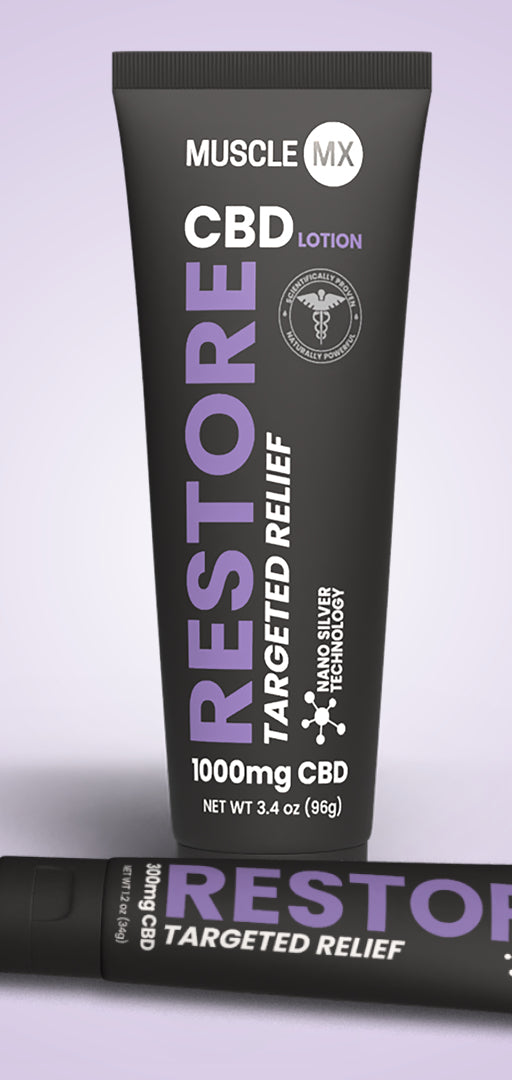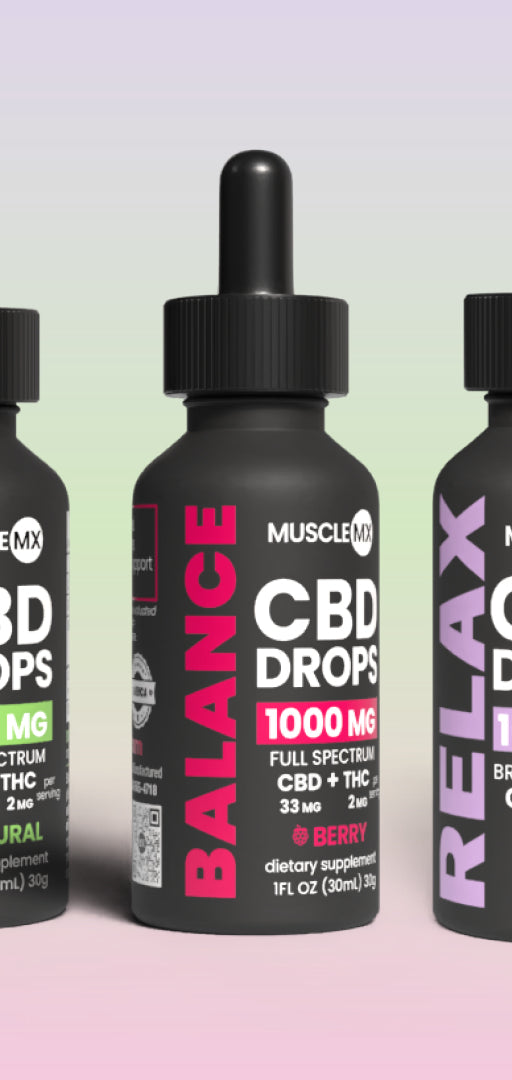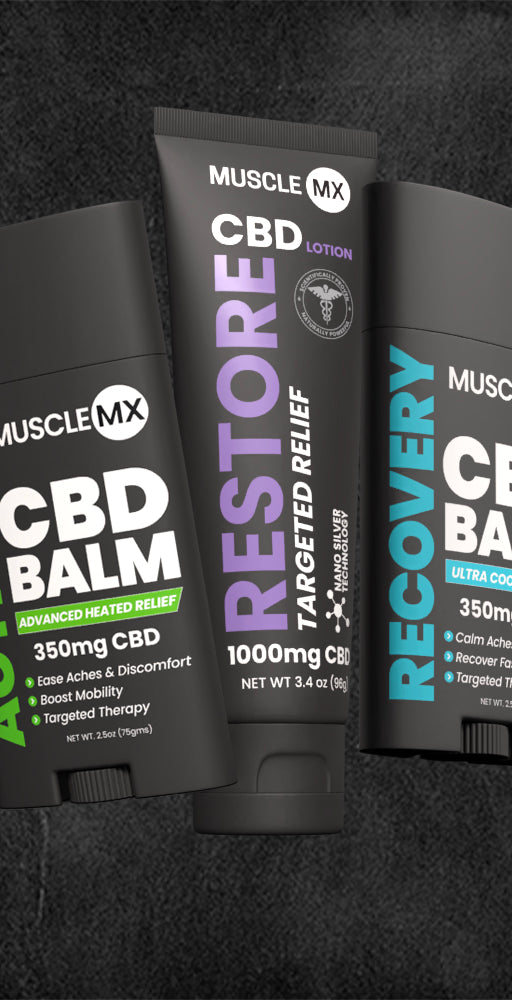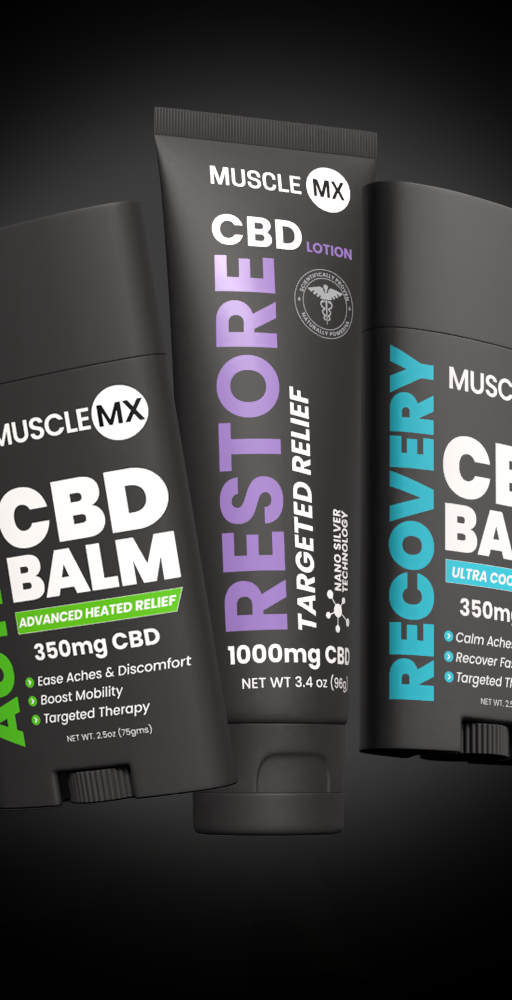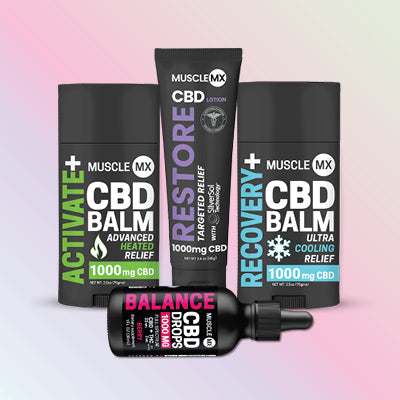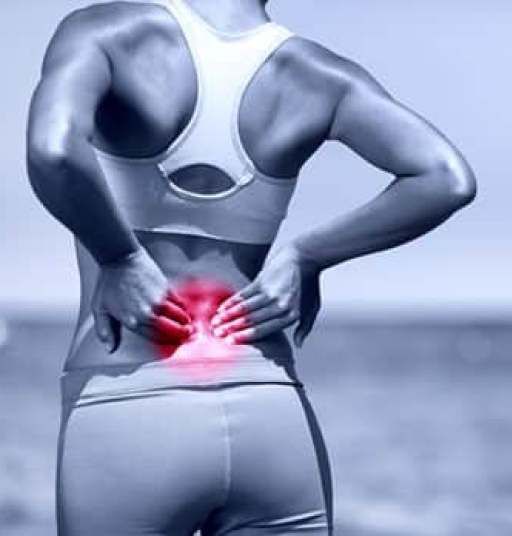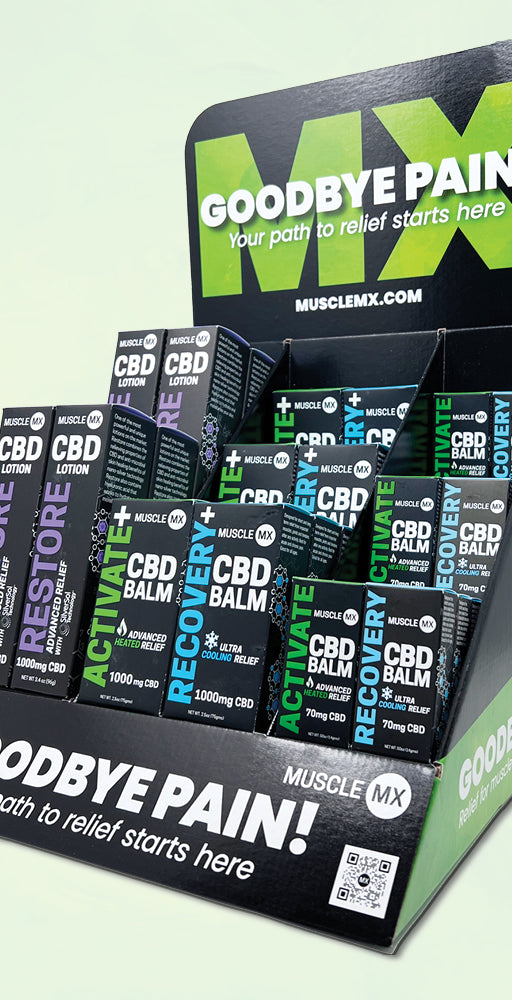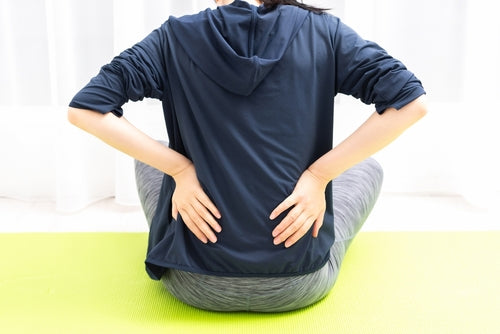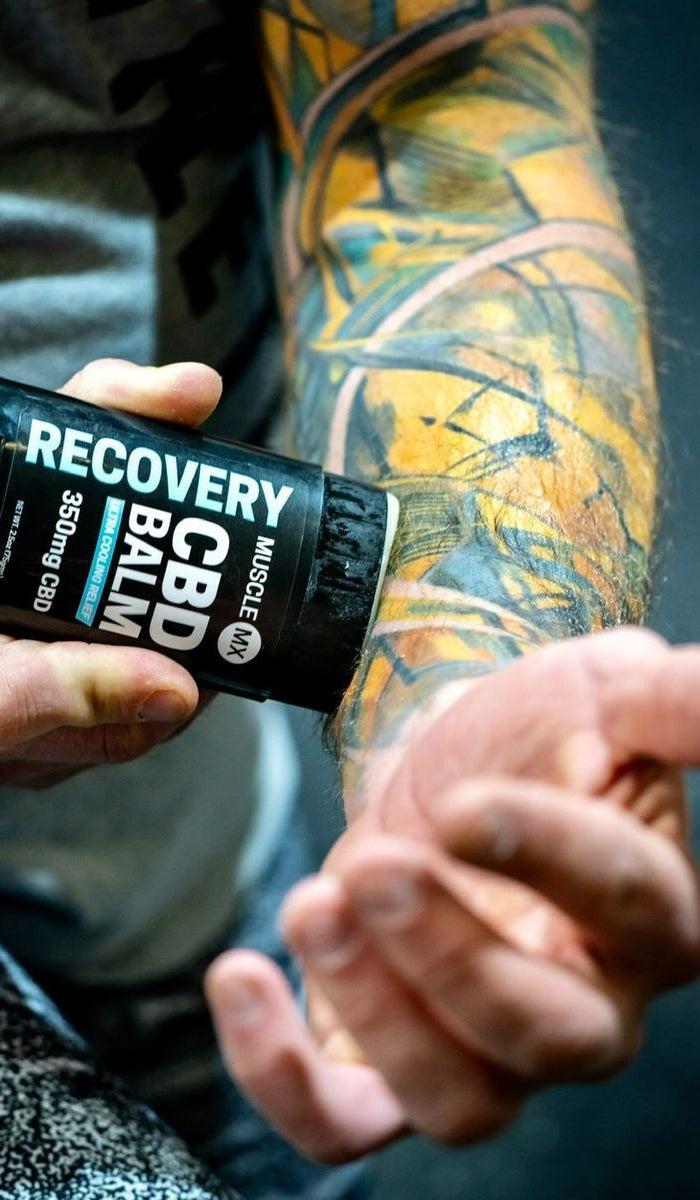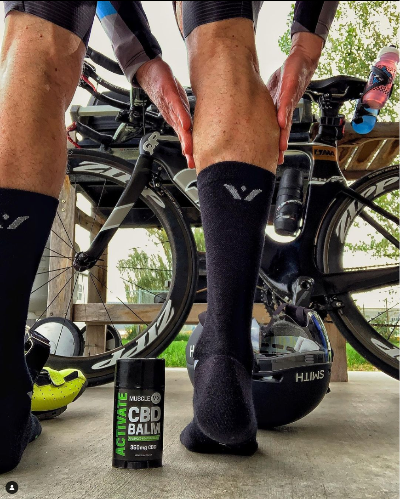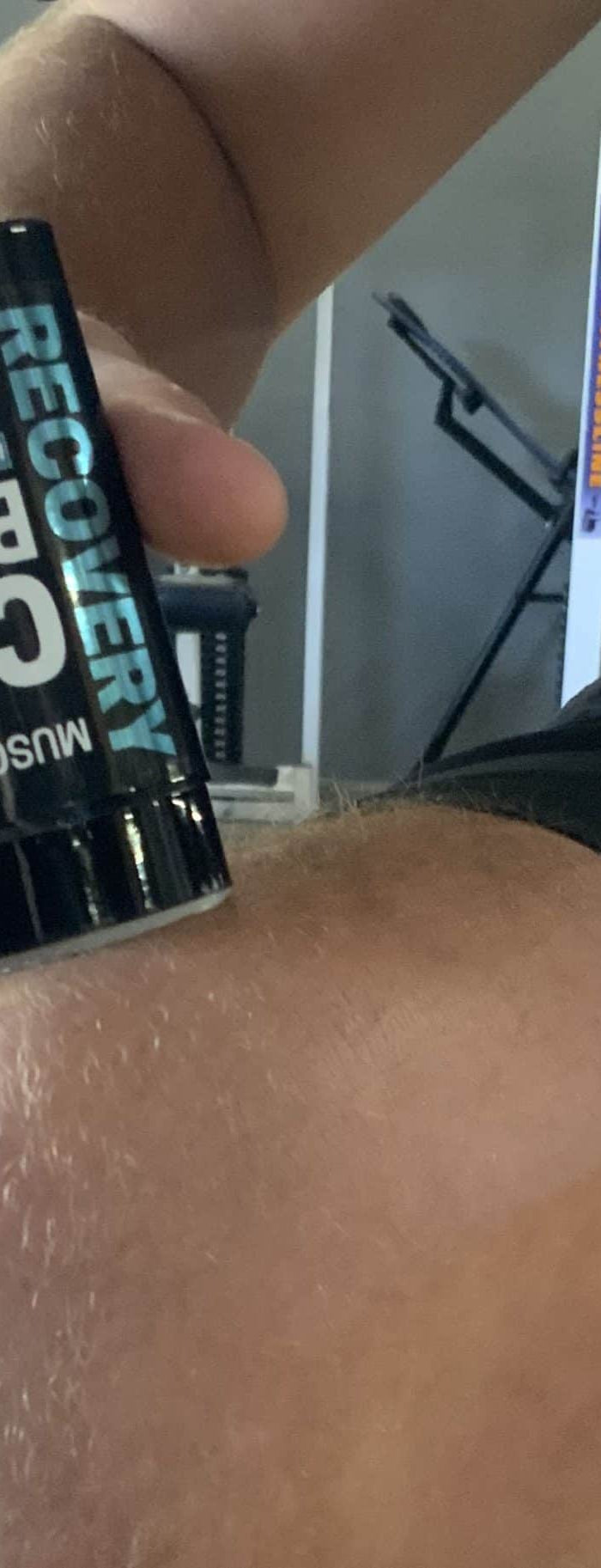Hip pain can sneak into your life uninvited and turn simple activities—like sitting, walking, sleeping or bending—into significant challenges. Whether you’re an athlete, a busy professional, or someone who enjoys leisurely strolls, hip pain can put the brakes on your routine. Fortunately, incorporating targeted stretches into your daily life can provide much-needed relief and prevent further hip discomfort. Best Stretch for Hip Pain So, let’s dive into this journey to a more flexible, pain-free you.
What is Hip Pain?
Hip pain can manifest in a variety of ways depending on the underlying symptom, such as:
-
Aching or sharp pain in the hip joint, groin, or outer thigh.
-
Stiffness that makes movements like bending or sitting uncomfortable.
-
Swelling or tenderness around the hip area.
-
Reduced range of motion, causing difficulty with daily activities like putting on socks or climbing stairs.
Now, hip pain stems from numerous factors, which may vary from person to person. Some of the most common causes include:
-
Arthritis: Osteoarthritis and rheumatoid arthritis are major culprits in chronic hip pain.
-
Injuries: Fractures, strains, and sprains from falls or accidents.
-
Overuse injuries: Tendinitis or bursitis caused by repetitive movements.
-
Hip impingement: Abnormal bone growth in the hip joint.
-
Muscle imbalances: Tight or weak hip muscles can contribute to discomfort.
-
Nerve issues: Sciatica or pinched nerves affecting the hip region.
While treatments vary depending on the cause, some standard approaches include:
-
Physical therapy to strengthen and stretch the surrounding muscles.
-
Anti-inflammatory medications to reduce swelling and pain.
-
Heat and ice therapy for temporary relief.
-
Gentle stretching exercises to improve flexibility and alleviate tightness.
- For some people, natural options like CBD products may complement their stretching routines for additional relief.
What Does Hip Pain Typically Get Confused With?
The hip joint is close to several other critical areas in the body, making it easy to misattribute pain to the wrong source. Here’s what hip pain is often mistaken for:
-
Lower Back Pain (Lumbar Spine Issues): These are conditions like herniated discs, sciatica, or spinal stenosis. The reason for the confusion, pain from these conditions can radiate into the hip, buttocks, or upper thigh, mimicking hip joint pain.
-
Sacroiliac (SI) Joint Dysfunction: The sacroiliac joint, located between the spine and pelvis, can cause pain in the buttocks and lower back, since it is close to the hip, thus creating discomfort in similar areas.
-
Groin Strain or Hernia: Muscle strains or inguinal hernias can cause pain in the groin or inner thigh. And so, hip joint issues, especially labral tears, can cause groin pain, making it hard to distinguish.
-
Knee Pain (Referred Pain): Arthritis or injuries in the knee can cause pain referred to the hip. Shared nerve pathways between the hip and knee can blur the location of the pain.
-
Piriformis Syndrome: Buttocks and down the leg due to sciatic nerve compression. Pain can be misattributed to the hip joint rather than the piriformis muscle.
-
Pelvic Issues: Pelvic inflammatory disease, endometriosis, or gynecological conditions. These can cause referred pain to the hip or groin area.
-
Trochanteric Bursitis: Outer side of the hip. Pain is localized near the hip joint, but the issue lies in the bursa, not the joint itself.
-
Osteitis Pubis: Inflammation of the pubic symphysis, often seen in athletes. Pain in the groin or front of the pelvis may mimic hip joint issues.
-
Abdominal or Referred Pain: Appendicitis, kidney stones, or abdominal wall issues. Pain from these conditions can radiate to the hip or groin area.
-
Iliotibial Band Syndrome: Outer thigh or knee, sometimes extending to the hip. Tightness or inflammation can mimic hip discomfort.
Accurate diagnosis is crucial for targeted treatment, so consulting with a healthcare professional is essential.
How Long Does Hip Pain Usually Last For?
The duration of hip pain can vary depending on its cause, severity, and how it is treated. Here’s an overview:
-
Acute Hip Pain (Short-Term): If hip pain is due to a temporary issue like a muscle strain, ligament sprain, or overuse, it typically lasts a few days to a few weeks. With rest, ice/heat therapy, over-the-counter pain medications, and avoiding aggravating activities, most people experience relief within this timeframe.
-
Subacute Hip Pain (A Few Weeks to 3 Months): If hip pain persists beyond a few weeks but less than 3 months, it may be classified as subacute. This type of pain could be caused by conditions like tendonitis, bursitis, or early signs of arthritis. Treatment often includes physical therapy, stretching, anti-inflammatory medications, and activity modification. With proper management, many people experience improvement within this period.
-
Chronic Hip Pain (More than 3 Months): If hip pain lasts for more than 3 months, it may be chronic. Chronic hip pain is often caused by conditions such as osteoarthritis, hip labral tears, or hip fractures. The pain may persist or worsen over time, and long-term management, including physical therapy, medications, injections, or in some cases, surgery, may be required to manage symptoms and improve function.
Now, the duration in general is based on one or more of the following causes:
-
Muscle Strain/Sprain: A few days to a few weeks
-
Tendonitis/Bursitis: A few weeks to several months
-
Osteoarthritis: Ongoing, can worsen over years
-
Hip Labral Tear: A few weeks to several months, with or without surgery
-
Fractures or Hip Replacement Surgery: Requires long-term rehabilitation, possibly several months for recovery
For persistent or worsening hip pain, it's essential to consult a healthcare provider for a proper diagnosis and treatment plan, as early intervention can help prevent further complications.
Should I Stretch My Hip if It Hurts?
Yes, but with caution. Stretching can alleviate tightness, improve blood flow, and reduce pain, but it’s important to:
- Avoid overstretching, as it can worsen the issue.
- Focus on gentle, controlled movements rather than aggressive stretching.
- Listen to your body—if a stretch increases pain, stop immediately.
Stretching under the guidance of a physical therapist or a professional can help you find the right exercises tailored to your specific condition.
What is the Fastest Way to Relieve Hip Pain Stretches?
Consistency is key when using stretches for hip pain relief. So, here are some of the most effective options:
-
Child’s Pose: Helps release tension in the hips and lower back.
- Kneel on the floor, extend your arms forward, and sink your hips back toward your heels.
- Hold for 20-30 seconds while breathing deeply.
- Figure-Four Stretch:
- Lie on your back with knees bent.
- Cross one ankle over the opposite thigh and gently pull the bottom leg toward you.
- Feel the stretch in the outer hip and hold for 30 seconds per side.
- Lunge Stretch:
- Step one foot forward into a lunge position.
- Drop the back knee to the floor and push your hips slightly forward.
- Hold for 20-30 seconds to target the hip flexors.
- Seated Butterfly Stretch:
- Sit on the floor with the soles of your feet together.
- Hold your feet and gently press your knees down toward the floor.
- Hold for 20-30 seconds to open the hips.
These stretches not only target the hip muscles but also improve overall flexibility and posture.
What is the Best Relief for Hip Pain?
Finding the best relief often involves a combination of strategies tailored to your needs. Some approaches include:
-
Stretching routines: Consistent stretching improves flexibility and reduces stiffness.
-
Strength training: Strengthening surrounding muscles supports the hip joint and reduces strain.
-
Massage therapy: Helps release tight muscles and improve blood flow.
-
Warm baths or heat therapy: Relax muscles and ease discomfort.
-
Natural supplements: Products like CBD, when combined with stretches, may offer a calming effect and support muscle relaxation.
How Do You Release Tight, Sore Hips?
Tight hips often result from prolonged sitting or repetitive movements. Releasing them requires targeted action:
-
Dynamic stretches: Incorporate movements like leg swings or hip circles to warm up the area.
-
Foam rolling: Use a foam roller on the outer thigh (IT band) and glutes to release tension.
-
Yoga poses: Positions like Pigeon Pose or Happy Baby help open up the hip muscles.
-
Breathing techniques: Focused breathing while stretching can enhance relaxation and deepen the stretch.
Combining these techniques into a routine creates a comprehensive approach to loosening tight hips.
Hip Pain Doesn’t Have to Keep You Sidelined from the Activities You Love
Overall, by incorporating stretches into your daily routine, you can unlock greater flexibility, reduce discomfort, and build stronger, more resilient hips. Remember to start slowly, listen to your body, and make stretching an enjoyable ritual. Whether it’s unwinding in a relaxing pose or exploring natural aids like CBD to complement your efforts, relief is within reach. Here’s to pain-free hips and a more active, balanced life!
https://www.youtube.com/watch?v=10djgkzwsFk&t=234s
https://www.youtube.com/watch?v=nUI0tGPYFkk
